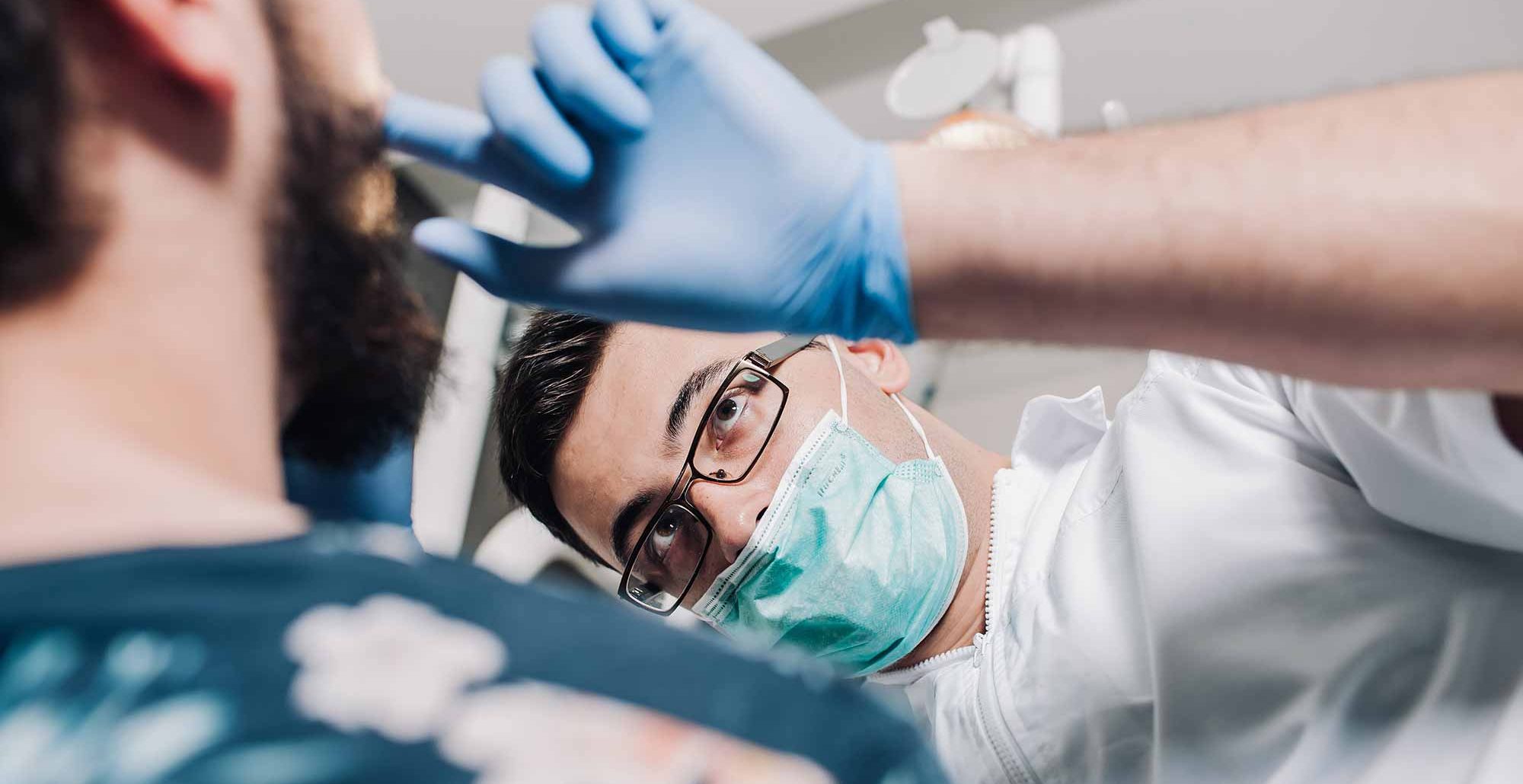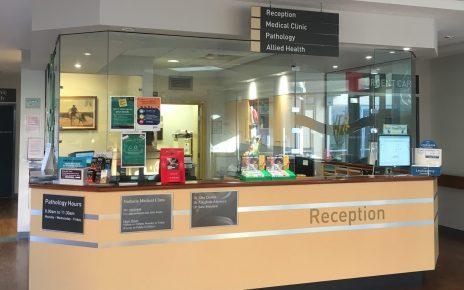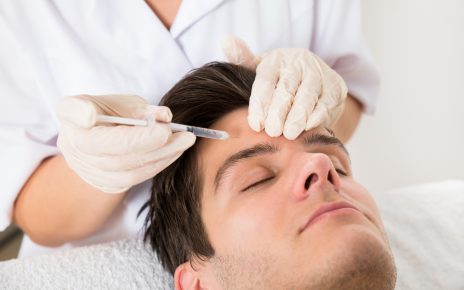Anxiety is frequently characterized as a fictitious danger to a hazy, uncomfortable emotion coupled with a foreboding something is terrible would happen. It’s described as a feeling of impending doom and dread characterized by agitation, tightness, palpitations, and breathlessness unrelated to specific stimuli.
It may also be defined as a patient’s response to a real or imagined risk, marked by emotions of stress, anxious thinking, anxiety, and bodily alterations such as hypertension, vomiting, and a queasy stomach.
Dread, on either side, is a reflex action to recognize the significant risk. In academia, the terms anxiousness, phobias, and dread are frequently used interchangeably, making it difficult to distinguish truth from fiction, as said by the dentist in McKinney.
Therapy and defense mechanisms for dental anxiety
Adults and children might be affected by dental anxiety. Here are some relaxation techniques to help you to improve your worries and return to the dentist’s seat.
Inform your dentist about your worries
Professionals can take risks and make the procedure go more smoothly. They can walk you through each process from beginning to end, so you understand just what you anticipate. They might also suggest relaxation solutions to help people feel relaxed more at ease throughout your session.
Do not be hesitant to inquire. One might feel less stressed if one comprehends the method.

Exercising the respiration
Deep breathing might give you peace of mind your thoughts and feel more at ease. These activities might help you relax during your dental visits.
Ventilation rate from your lips after a few seconds of holding it. This should be done on multiple occasions may help you in calming.
Muscle reduction and mindfulness
Stress might intensify in the dental chair or even while you’re resting in the reception room. Mindfulness is a simple exercise that can help you decrease tension and improve relaxation in this scenario.
It comprises a condition of increasing recognition, attention, and muscular calmness that may be achieved anywhere, including the dentist’s workplace.
Visualization with a manual
Another method is to imagine joyful emotions while lying on the dental chair. Just go to one “comfortable place” and recall some fun or happy childhood memories. Feeling sentimental might make you feel satisfied, which can assist your brain quiet and relax.
Hypnosis
This guided relaxation exercise will assist you into a trance state, where a hypnotist will utilize reverse psychology to help you overcome your stress. It’s crucial to remember that a psychologist can’t force you to do everything you don’t like to do.
Sedation with awareness
Aware anesthesia is an effective therapy for severe anxiety—using an edible anesthetic a few days before the dentist visit is required. Because this is not a general anesthetic procedure, you will not be unconscious during the process. You’ll be aware and attentive, yet you’ll be in a calm condition.
Anesthesia (general)
This includes falling asleep or being comatose during a dentistry operation, and it’s a viable alternative for people who have severe dental phobia.
Remember that an anesthesiologist occasionally gives dentistry anesthetic in a hospital environment. General anesthesia is available sometimes in dental offices, but unless a dentist has acquired specific training.
Unless you have private cover, verify with the dentist to see if general anesthesia is covered. All insurance policies do not cover this perk.
Dental anxiety has an etiology
Myriad factors can cause dental anxiety, including prior harmful effects, developmental issues (heating and cooling observations), schadenfreude teaching from antsy relatives or classmates, independent character traits such as negative affectivity and subconscious, lack of knowledge, exposure to terrifying characterizations of dentists inside the mainstream press, the person’s coping style, interpretation of self-image, and the susceptible placement of lying down.
16–19 Stress can also be triggered by visual stimulation in the dental environment, such as seeing syringes and plane drills, hearing hammering and yelling, smelling quercetin and sliced dentinal tubules, and feeling elevated vibrations.

Therapy
If you need extensive dental treatment, you might request to be anesthetized so that you are not conscious during the process. While it is not standard practice in many practices, you might well be able to locate a dentist that is willing to oblige your sedative needs.
Visiting the dentist in McKinney, on the other side, is much more difficult to achieve if you’ve got a real phobia. Like all other phobias, Dentophobia may indeed be linked to an anxiety condition, necessitating a mix of therapy and drugs.




